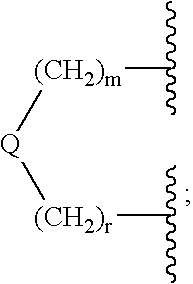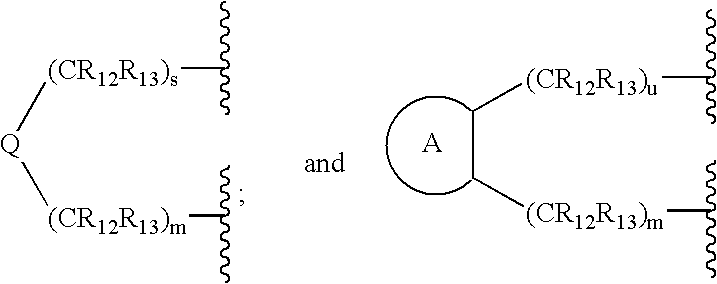Method for the treatment of polycystic kidney disease
a polycystic kidney disease and kidney disease technology, applied in the direction of phosphorous compound active ingredients, biocide, heterocyclic compound active ingredients, etc., can solve the problems of significant morbidity and mortality, and the inability to completely treat the polycystic kidney diseas
- Summary
- Abstract
- Description
- Claims
- Application Information
AI Technical Summary
Benefits of technology
Problems solved by technology
Method used
Image
Examples
example 2
[0685] Comparison Of 1-Acetyl-44(4-But-2-ynyloxy-Benzenesulfonyl)-2,3,4,5--Tetrahydro-1H-[1,4]Benzodiazepine-3-Carboxylic Acid Hydroxyamide Treatment Of bpk Mice and 1-Benzyl-4-4-(4-Chloro-Phenoxy)-Benzenesulfonyol]-Piperid-ine-4-Carboxylic Acid Hydroxamide, (An MMP Inhibitor Without TACE Activity) Treatment of bpk Mice
[0686] 1-Acetyl-4-(4-But-2-ynyloxy-Benzenesulfonyl)-2,3,4,5-Tetrahydro-1H--[1,4-Benzodiazepine-3-Carboxylic Acid Hydroxyamide Treatment
[0687] Cystic bpk mice and phenotypically normal littermates were injected with a dose of 100 mg / kg / dose of 1-acetyl-4-(4-but-2-ynyloxy-benzenesulfo-nyl)-2,3,4,5-tetrahydro-1 h-[1,4]benzodiazepine-3-carboxylic acid hydroxyamide given intraperitoneally once daily, in a vehicle containing 0.5% methocellulose (Fluka Biochemica, Ronkonkoma, N.Y.) and 2% Tween 80 (J T Baker, Phillipsburg, N.J.), beginning at postnatal day 7. Age-matched untreated cystic bpk mice and their noncystic littermates served as controls. At day 21, mice were sacrif...
PUM
| Property | Measurement | Unit |
|---|---|---|
| Ponseau S solution staining | aaaaa | aaaaa |
| ECL | aaaaa | aaaaa |
| body weight | aaaaa | aaaaa |
Abstract
Description
Claims
Application Information
 Login to View More
Login to View More - R&D
- Intellectual Property
- Life Sciences
- Materials
- Tech Scout
- Unparalleled Data Quality
- Higher Quality Content
- 60% Fewer Hallucinations
Browse by: Latest US Patents, China's latest patents, Technical Efficacy Thesaurus, Application Domain, Technology Topic, Popular Technical Reports.
© 2025 PatSnap. All rights reserved.Legal|Privacy policy|Modern Slavery Act Transparency Statement|Sitemap|About US| Contact US: help@patsnap.com



